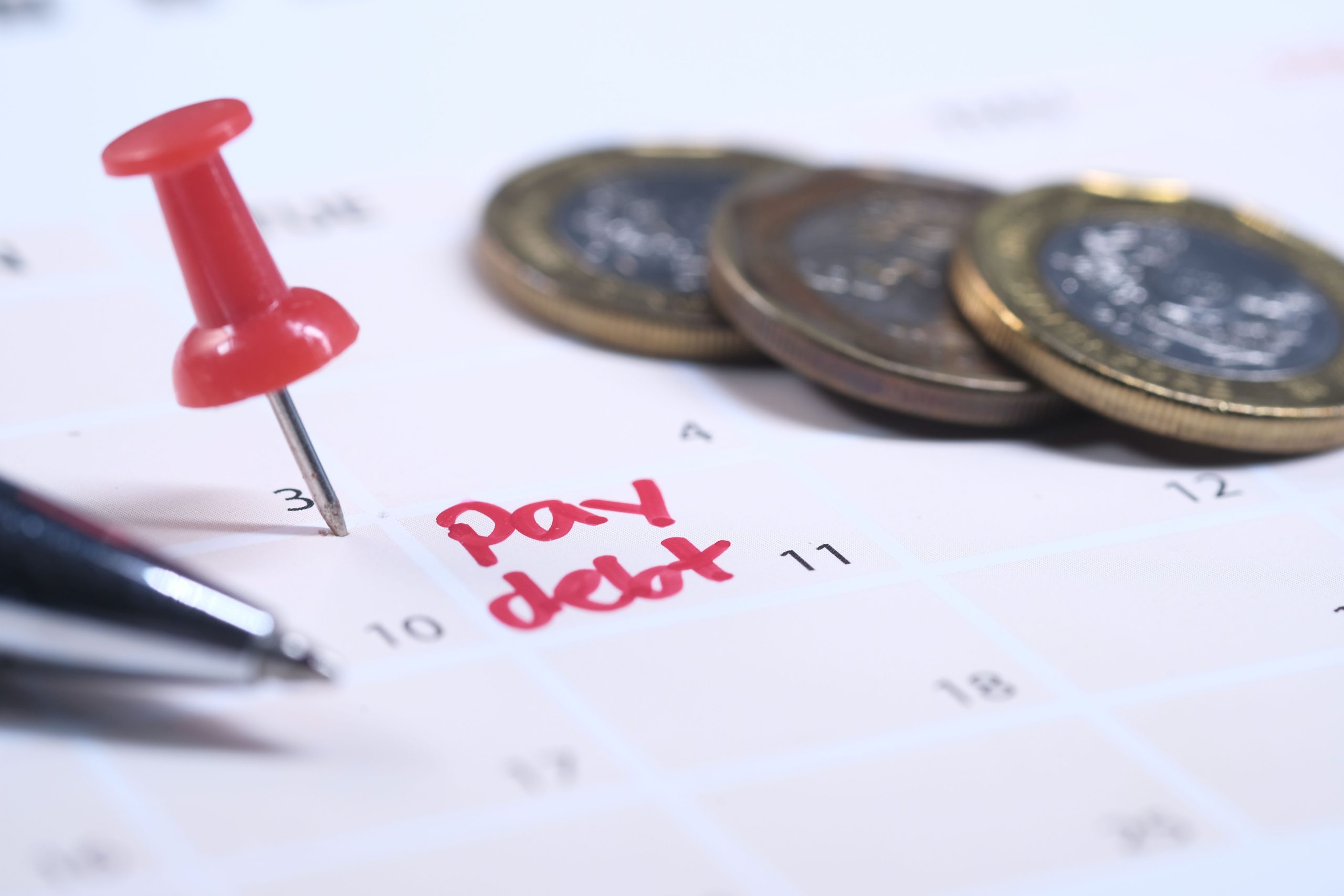

The consumer proposal process is a powerful tool for Canadians struggling to pay off their debts and regain control of their finances.
If you’re feeling overwhelmed by constant calls and letters from creditors, knowing there is a great solution, like a consumer proposal, is important. In this blog, we’ll provide the information you need to understand the consumer proposal process and decide whether it’s the right choice for you. We’ll cover the key aspects of the process, including eligibility requirements and how it works, along with the benefits and comparisons. By the end of this post, you’ll clearly understand what the consumer proposal process entails and whether it’s a viable option for you to become debt-free. So, let’s dive in!
What is a consumer proposal?
The consumer proposal is a debt consolidation option that is more suitable for individuals who cannot pay off their debts and want to avoid the stigma of bankruptcy. Even if you cannot pay the full debt, you can still pay a reasonable portion each month without any interest charges and feel much better doing it.
Or we can also define it as a federal process that allows insolvent individuals to reduce their overall debt owed to unsecured creditors for reduction of debt or for asking for an extended period. The following debts can be included in a consumer proposal: credit card debts, personal loans, payday loans, student loans and income tax debt.
When is a consumer proposal appropriate, and what happens when you are filing a consumer proposal?
- A consumer proposal may be your best option if you have total debts of more than $5,000 and up to $250,000 (excluding secured debts).
- Your plan will be referred to as a Division 1 proposal, provided your debts are higher than $250,000.
- You should approach a Licensed Insolvency Trustee (LIT) or a consumer proposal trustee to analyze your financial position and provide you with advice.
- Once you’ve decided to pursue a consumer proposal, the LIT will help you create a proposal that satisfies you and your creditors.
- The proposal will outline a repayment plan you can afford and will be presented to your creditors for approval.
- If most of your creditors(minimum 25% debt holders) accept the proposal, it becomes legally binding, and you will pay the debts to the LIT, who will distribute them to your creditors.
- The LIT will also provide ongoing support and guidance to ensure you complete the proposal and become debt-free.
Your responsibilities to follow for filing a consumer proposal:
- Be prepared with your entire list of assets and liabilities to provide the LIT.
- You must be present during the first creditors’ meeting.
- At least attend two counselling sessions.
- Inform the LIT if there is any change in your address.
- Assist the LIT in administering the proposal.
Why would creditors accept a consumer proposal?
None of the creditors want to see their borrowers go bankrupt, as they receive nearly nothing from a bankrupt borrower. Generally speaking, creditors can recoup a greater portion of the money you owe them through a consumer proposal than they would through bankruptcy. This is partly because you contribute to a consumer proposal for up to five years rather than forfeiting your assets and making excess income payments within nine to thirty-six months, as you would do in bankruptcy. With a consumer proposal, you can pay your creditors additional money (or, in exceptional circumstances, the total amount) while working on your problems simultaneously.
When is the meeting of creditors held?
A creditors meeting is called upon when one or more creditors owe more than 25% of the total debt of the proven claims call upon the meeting. The request must be made within 45 days of filing the proposal. The OSB (Office of the Superintendent of Bankruptcy) may also instruct the LIT to convene a creditors’ hearing at any moment throughout that exact time frame. Within 21 days following the call, the creditors’ meeting must be conducted. The creditors cast votes during the meeting to accept or reject the plan. Despite any challenges raised, the plan shall be declared approved by the creditors unless a meeting of creditors is asked for within 45 days of its filing.
How does a consumer proposal affect your credit score?
Your credit score after a consumer proposal will be poor. However, if you are struggling to keep up with your monthly payments, have missed some, or have exceeded your credit limit, your credit rating is already on the wrong track. There is nothing much to worry about. The good news is that you will have a cleared credit record of any adverse information and the notation that you filed a consumer proposal six years before signing it or three years after completing the terms, whichever comes first.
Can the credit rating be rebuilt after filing for a consumer proposal?
Yes, the sooner you complete your credit proposal you can begin working on building your credit rating. And you can take the relevant advice from the LIT as well. After you finish your consumer proposal, your credit score will be low. You can now start afresh with a new secured credit card and be careful not to miss any further payments. Eventually, once you start making timely payments, the bank will remove the requirement of having funds locked in, and your credit rating will improve.
After you complete your compliance with the conditions of your consumer proposal, you will be given a “certificate of full performance.” Submit a copy of the file to the main credit-reporting institutions to make sure your credit record is revised. Please keep all the paperwork for your proposal so that future lenders can refer to them. Within three years of finishing your consumer proposal, your credit rating will be fairly excellent if you can open two or three “lines of credit” (accounts with various businesses) and manage these financial obligations with flawless payment records.
Consumer Proposal vs Bankruptcy
| Consumer Proposal | Bankruptcy | |
| Qualifications: | The qualification requirement is a maximum unsecured debt of $250,000 and a minimum debt of $5,000. | You must owe a minimum debt of $1,000 to qualify for insolvency. |
| Filing Process: | Most creditors(minimum 25% debt holders) must vote in their favour to get approved for a consumer proposal. | When you are insolvent or bankrupt, you have no such binding. It’s your right to file for bankruptcy. |
| Duration: | It confides the time the creditors agree upon, with a maximum duration of five years. | The duration ranges from around nine to thirty-six months, depending on important factors like income and whether you have been insolvent. |
| Assets: | In this process, you can keep possession of all the assets, including tax refunds. | Here you have to give up all your assets aside from the ones exempted by law. |
| The Impact on Credit Rating: | It lasts on your credit rating for three years after the completion of the proposal. | It lasts on your credit rating for six years once you are released. |
The Bottom Line
The consumer proposal process can be a viable option for those struggling with debt who want to avoid bankruptcy. It allows for a structured repayment plan that is manageable and affordable while also providing protection from creditors. However, it’s important to understand a consumer proposal’s potential consequences and requirements, such as the impact on credit scores and the need for regular payments. By working with a LIT and thoroughly considering all options, individuals can decide whether a consumer proposal is right for them or not. Remember, taking control of your finances is crucial to achieving financial stability and a debt-free future. We understand that managing debt can be overwhelming, and At Pegasus, we are committed to delivering a team of experts who are devoted to providing all mortgage-related solutions. Whether you’re considering a consumer proposal or exploring other debt management options, we’re here to guide you every step of the way. Don’t let debt control your life – contact us today to learn more about how we can help you take control of your finances and achieve a debt-free future.



































